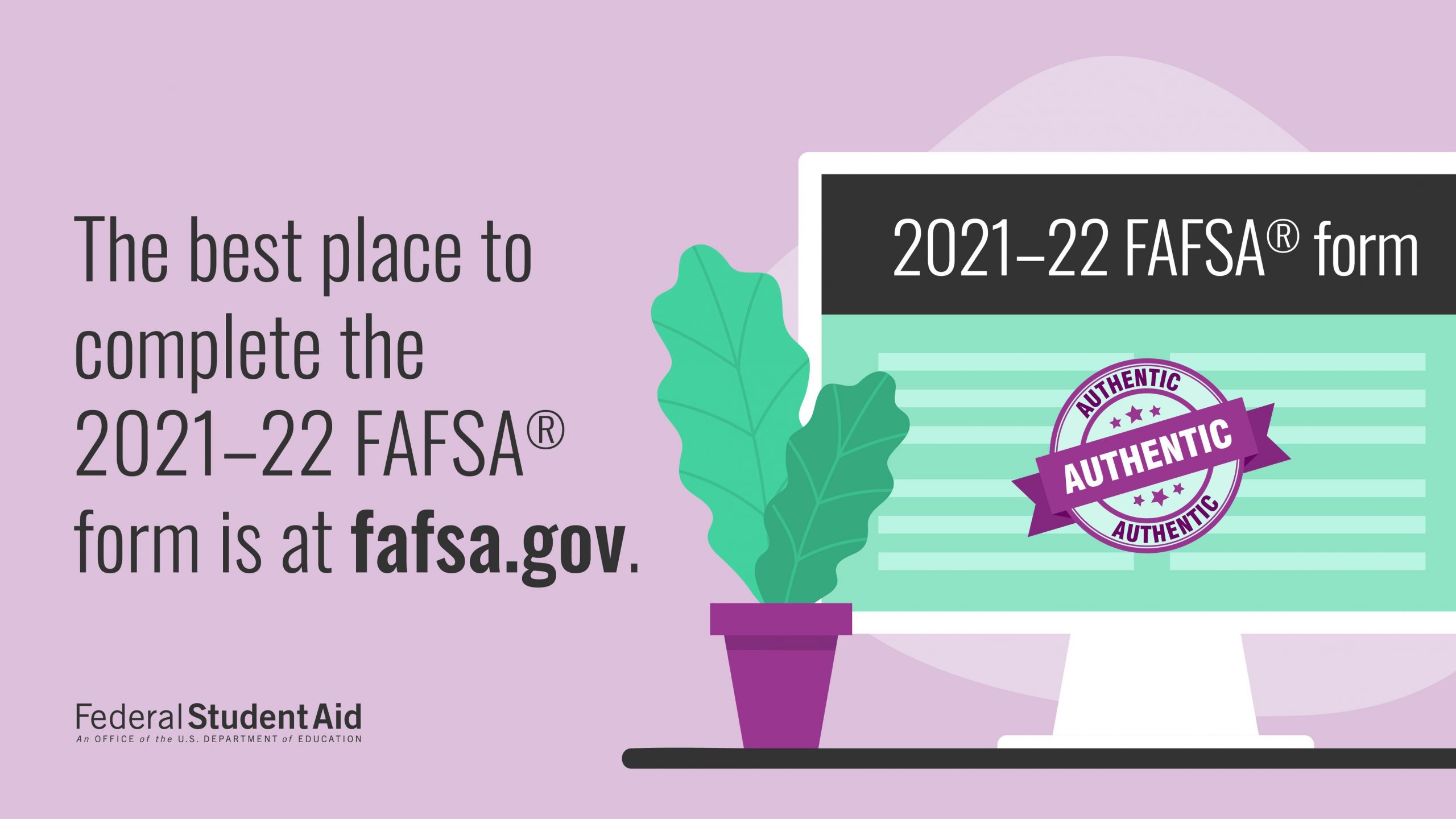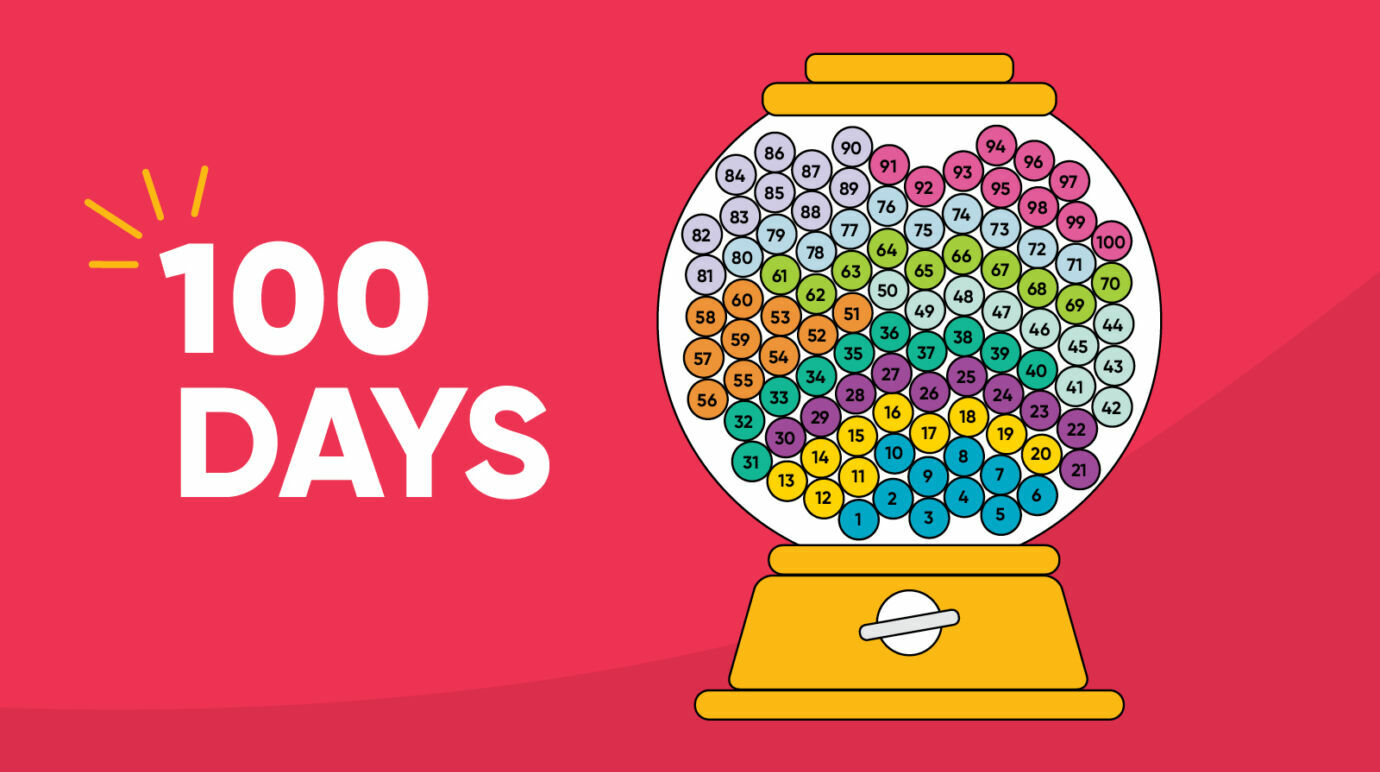
High school is a close-knit community where final exams are more important than half of each grade. Many of the largest high schools in America are located in suburbs of major cities such as Birmingham, Alabama. They often have thousands of students. Many of them are great at math and reading. Many students receive iPads that they can use in class.
Skyline High School
Skyline High School, located in Seattle, Washington is the largest high school of its kind in the United States. Skyline High School shares space with Realms High School (a new option-option). The facility design allows them to collaborate on learning opportunities. Both schools will have access to shared spaces, including a design center and a large flex space that can be used as an open gym. They will also share bathrooms.
Skyline High School has more than 21,000 students and is the largest US high school. The school is known for its competitive athletic program as well as its rigorous college preparation curriculum. The school was founded 1997 and has won many state sporting championships.
Midwood High School
Midwood High School, Brooklyn, New York. It is part of New York City Department of Education. This department oversees public education in New York City. 3,938 students are enrolled at the school. It's known for its diversity. 37% of the students are Asian, 30% of them are African-American, and 24% of them are non-Hispanic white students. It offers a highly selective program, which sends approximately 3% of its seniors to Ivy League colleges. Additionally, 10% of students can receive a free or reduced-price lunch.

The high school is divided into three institutes, each with different courses and curriculum. Students are assigned to classes that correspond to the specific institute where they wish to study. Students in Humanities Institute for instance must study six terms of foreign Language. Students with Accelerated Credit must take at least one language in order to gain entry.
Dakota High School
Dakota High School is located in Macomb in Michigan. It is the largest high-school in the state. The school has 2,826 students in grades nine to twelve. This makes it the largest highschool in the state. It has a student/teacher ratio of 20.4. The school was rated higher than the state average in math and reading.
The school has nearly 400,000 square feet of space and serves the educational needs of northern Macomb County. The school was built on an elevated site, which presented many challenges. Thanks to material dug from nearby lakes, it was possible. It was America's largest high-school when it was completed.
Fort Hamilton High School
Fort Hamilton High School in Brooklyn is a public highschool. It falls under the New York City Department of Education's jurisdiction and serves Dyker Heights, Sunset Park and Bay Ridge. It was built over the Lower New York Bay in 1941.
Fort Hamilton High school has a large student population and an extremely effective education program. It boasts a strong National Honor Society chapter as well as an experienced faculty with advanced degrees. The school offers extensive programs in music and theater as well as business.

Wayzata High
Wayzata high school is a comprehensive, public high school with more than 3600 pupils. Its campus is 80 acres and has four buildings and a baseball diamond. It has a student-teacher ratio of 20:1, which is significantly higher than the 14:1 state average.
The school has 177.8 employees. It costs $13,279 to each student. It costs more per student that any other high school in Wayzata's Public School District. We used data from the U.S. Department of Education's National Center for Education Statistics and the Census Bureau's Bureau of American Life and Work to determine how much Wayzata High costs per student.
FAQ
What is homeschooling?
The homeschooling method is where the parents educate their children at home. It is also known as private education, self-education, or home educating.
Homeschooling is a great option for families who want to teach their kids at home. They can receive a high-quality education at home.
Parents educate their children from birth until they graduate high school. They decide on the subjects they want to study and how much time each subject should take. The student learns everything in their own time.
Parents decide when to begin teaching their children. Many schools recommend children attend classes starting at the age of four or five. However, some families wait to teach their children until they are old enough to do so.
Parents may use any number of resources to guide them through the curriculum. There are many resources that can help you learn. These include videos, books, websites, magazines and even magazines.
Many families find homeschooling fits well into their busy lives. It allows parents to spend more quality time with their children than traditional public schools.
How long should I prepare for college?
The amount of time you dedicate to your studies will affect how much time you spend preparing for college. Take college preparation classes if you are planning to attend college immediately after graduating high school. However, if your plan is to delay attending college for several years, you may not need to start planning.
It is important to discuss your plans and ideas with your parents, teachers, and other family members. They may suggest certain courses of study. It's important to keep track and record the grades received in each course. This will help you know what you need to do next year.
What is the difference in school and college?
Schools are organized by grades or classes. Each teacher teaches a particular class. Colleges are bigger organizations that offer more specialized courses and may include university-level courses. While schools are more focused on fundamental subjects, colleges might offer a range of subjects such as arts, science and languages. Both levels offer a variety of subjects to help students prepare for higher level study.
Is becoming a teacher difficult?
A major commitment is required to be a teacher. It will require you to dedicate a lot of time to your studies.
While earning your degree, you should expect to work about 40 hours per săptămână.
A job that is flexible with your schedule is another important consideration. Part-time jobs are difficult to find for students who want to balance school and work.
You will likely teach classes once you have been hired as a full time teacher. You may be required to travel across the country to teach classes during the week.
What are some possible ways to receive scholarships?
Scholarships can be granted to help cover college expenses. There are many kinds of scholarships. There are many types of scholarships available.
-
Federal Grants
-
State Grants
-
Student Loans
-
Work Study Programmes
-
Financial Aid
Federal grants come directly to the U.S. Most federal grants require applicants to meet certain requirements. To demonstrate financial need, applicants must meet certain requirements.
Individual states offer state grants. These grants are not always based on financial need. Some states may offer them for specific reasons.
Student loans are issued by banks and other lending institutions. Students typically borrow money to cover costs such as tuition and living expenses.
Employers can use work-study programmes to attract qualified students. Employers must pay at least the minimum wage to their employees.
Financial aid can help families with low incomes afford college by covering all or part of tuition costs.
To become an early-childhood educator, do you need to go to college?
Yes, but you may consider attending college to help prepare for a career.
It is important that you realize that being a teacher can be difficult. Each year there are many applicants that are not accepted into programs. A lot of people leave college after just one semester.
To become a teacher, you must also meet certain qualifications.
Statistics
- In most developed countries, a high proportion of the population (up to 50%) now enters higher education at some time in their lives. (en.wikipedia.org)
- Among STEM majors, that number is 83.5 percent. (bostonreview.net)
- Globally, in 2008, around 89% of children aged six to twelve were enrolled in primary education, and this proportion was rising. (en.wikipedia.org)
- Think of the rhetorical power of nineteenth-century abolitionist Harriet Beecher Stowe, Martin Luther King, Jr., or Occupy Wall Street activists with their rallying cry of “we are the 99 percent.” (bostonreview.net)
- These institutions can vary according to different contexts.[83] (en.wikipedia.org)
External Links
How To
What is vocational education?
Vocational education is an educational program that prepares students to work after high school and college. It teaches them specific skills for specific jobs (such as welding). You can also get on-the job training through apprenticeship programs. Vocational education is different from general education in that it prepares individuals for specific career paths rather than acquiring broad knowledge for future uses. Vocational education does not prepare students for university, but it helps them find work after graduation.
Vocational education can take place at all levels of schooling. This includes primary schools, secondary schools and colleges, universities as well as colleges, technical institutes, technical colleges, trade schools, community college, junior colleges, four-year colleges, and colleges. There are many schools that specialize in specific subjects, such as nursing schools (law schools), medical schools, dental school, veterinary medicine and firefighting schools. These schools offer both practical and academic training.
In recent decades, many countries have made large investments in vocational training. However, the effectiveness of vocational education remains controversial. Some critics argue that it does little to improve students' employability; others argue that it provides useful preparation for life after school.
According to the U.S. Bureau of Labor Statistics, 47% of Americans have a degree or certificate related to their current occupation. This figure is higher for those with more education. 71% (25-29) of Americans have a bachelor's level or higher and work in fields that require a postsecondary degree.
According to the BLS, nearly half of America's adult population held at least one postsecondary credential in 2012. One-third of Americans had a two year associate degree. Only 10% held a four-year bachelors degree. One in five Americans has a master's or doctorate.
The median annual wage for individuals with a bachelor's in 2013 was $50,000. This was compared to $23,800 when they had no degree. The median income for those with advanced degrees was $81,300.
The median income for those who have not completed high school was just $15,200. Those with less than a high school diploma earned $13,000 per year.